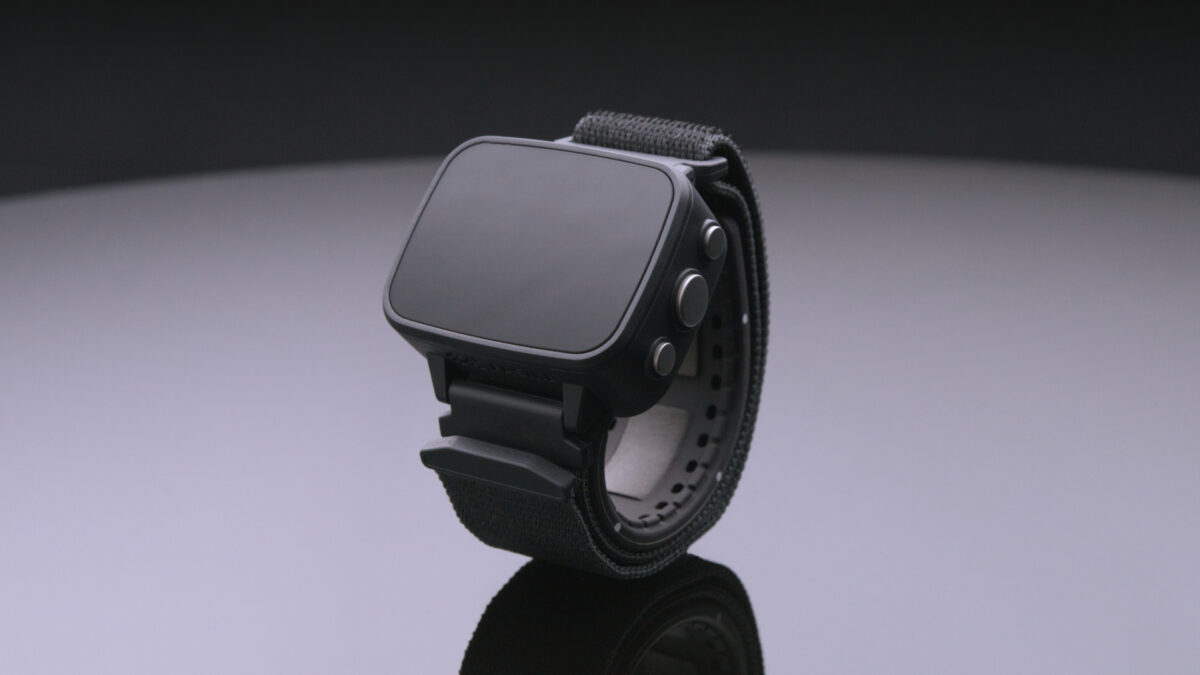Otsuka Pharmaceutical Co., Ltd., headquartered in Tokyo and Naruto, Japan, and its affiliate, Waltham, Massachusetts-based Visterra, Inc., have announced that the US Food and Drug Administration (FDA) has granted Breakthrough Therapy designation for sibeprenlimab, an investigational drug intended for treating immunoglobulin A (IgA) nephropathy, commonly known as Berger’s disease.
Sibeprenlimab marks the first among a series of precision therapy biologics developed by Visterra to address the substantial unmet medical needs of chronic kidney disease patients.
“This is an important milestone that recognizes the potential value that this investigational candidate may have in the future for people living with one of the most common causes of kidney failure. Otsuka and Visterra are committed to advancing the Phase III trial for sibeprenlimab and we are deeply appreciative to all of the study participants, their caregivers and the investigators who have contributed so much to this research,” said John Kraus, MD, PhD, executive vice president and chief medical officer at Otsuka, in the company’s news release.
IgA nephropathy is an autoimmune condition characterized by the deposition of clusters of antibodies in the kidneys, resulting in inflammation and kidney impairment. These clusters, primarily comprised of IgA and other antibodies, harm the glomeruli, which are small blood vessels responsible for filtering blood in the kidneys. Consequently, this damage causes blood and protein leakage into the urine. Moreover, the injury may progress to the scarring of nephrons, the filtering structures housing the glomeruli.
XTALKS WEBINAR: Community-Based Research: A New Frontier of Sites and the Benefits for Clinical Trials — Part 1
Live and On-Demand: Wednesday, March 27, 2024, at 2pm EDT (11am PDT)
Register for this free webinar to gain insights into how participant representation in research can be improved by offering clinical trials in community healthcare settings.
How Does Sibeprenlimab Work?
Sibeprenlimab (formerly known as VIS649) is an investigational humanized IgG2 monoclonal antibody. It is designed to decrease the production of galactose-deficient IgA1 (Gd-IgA1), a molecule involved in the pathogenesis of IgAN, by targeting a specific signaling molecule called APRIL (a proliferation-inducing ligand). APRIL has been identified as a key driver of IgA and Gd-IgA1 production. By binding to and neutralizing APRIL, sibeprenlimab aims to decrease the levels of IgA and Gd-IgA1.
This reduction in Gd-IgA1 may lead to diminished auto-antibody production, resulting in fewer immune complexes, reduced deposition of immune complexes in the kidneys and decreased kidney inflammation. By mitigating the production of Gd-IgA1, sibeprenlimab is hypothesized to prevent further kidney damage and the progression to end-stage kidney disease.
Safety assessments of sibeprenlimab have revealed no evidence of adverse toxic effects or clinically significant immunosuppression.
Sibeprenlimab’s Phase II Trial for IgA Nephropathy
In the Phase II ENVISION trial for IgA nephropathy, conducted in November 2023 with 155 participants, notable improvements were seen in the primary endpoint — the change from baseline in the 24-hour urinary protein-to-creatinine ratio (UPCR) — demonstrating significant treatment effects over 12 months. At month 12, the percentage of patients achieving clinical remission was 7.9 percent (three of 38 patients), 12.2 percent (five of 41 patients), 26.3 percent (10 of 38 patients) and 2.6 percent (one of 38 patients) in the sibeprenlimab 2-mg, 4-mg and 8-mg groups, and the placebo group, respectively.
Furthermore, the clinical study highlighted the favorable tolerability profile of sibeprenlimab, with a comparable incidence of adverse events between the sibeprenlimab and placebo groups after the initiation of treatment.
“The results of the Phase II trial in patients with IgA nephropathy have been encouraging, and we look forward to completion of the Phase III trial and submission of the Biological Licensing Application (BLA) to the US FDA and other global regulatory authorities,” said Brian J. G. Pereira, MD, chief executive officer of Visterra Inc.
Related: Tarpeyo (Budesonide) Is Transforming IgA Nephropathy Care with FDA’s Full Approval
Recently FDA-Approved Drugs for IgA Nephropathy
In December of last year, Calliditas Therapeutics announced the FDA approval of its budesonide delayed-release capsules, branded as Tarpeyo, for the treatment of IgA nephropathy. Tarpeyo marks the first FDA-approved treatment aimed at mitigating the loss of kidney function in adults with primary IgA nephropathy.
Tarpeyo is indicated for reducing proteinuria (protein in urine) in adults diagnosed with primary IgA nephropathy at risk of rapid disease progression, typically characterized by a UPCR ≥ 1.5 g/g.
Results from the Phase III clinical trial that led to Tarpeyo’s approval involved 364 patients and demonstrated a statistically significant advantage of budesonide over placebo in terms of estimated glomerular filtration rate (eGFR). The budesonide arm exhibited a decrease of 6.11 mL/min/1.73 m2 in eGFR, while the placebo arm experienced a decrease of 12.0 mL/min/1.73 m2. Additionally, at the nine-month mark, participants receiving budesonide experienced an average reduction of 34 percent in UPCR, in contrast to a five percent reduction observed in those receiving the placebo.
More Promising Drugs for IgA Nephropathy
Last year, Chinook Therapeutics, a subsidiary of Novartis, shared promising preliminary results from the interim analysis of the crucial Phase III ALIGN study, which evaluates the effectiveness of atrasentan, an oral endothelin A receptor antagonist (ERA), in treating patients with IgA nephropathy.
At the 36-week interim evaluation, the study achieved its primary efficacy endpoint, demonstrating atrasentan’s superiority over the placebo. Notably, atrasentan led to a clinically significant and highly statistically significant reduction in proteinuria among IgA nephropathy patients receiving supportive care. Building upon these interim proteinuria endpoint findings, Novartis intends to file for potential accelerated approval in the US in 2024.
In parallel, Chinook Therapeutics started a Phase III trial to assess the safety and efficacy of zigakibart (BION-1301), a potentially disease-modifying anti-APRIL monoclonal antibody, in patients with IgA nephropathy.
Findings from the ongoing Phase I/II trial of zigakibart suggest that the binding and neutralizing of APRIL in IgA nephropathy patients contribute significantly to depleting pathogenic Gd-IgA1, thereby reducing proteinuria and preserving kidney function. The initiation of the Phase III study represents a crucial milestone toward offering an innovative treatment option for individuals affected by IgA nephropathy.












Join or login to leave a comment
JOIN LOGIN